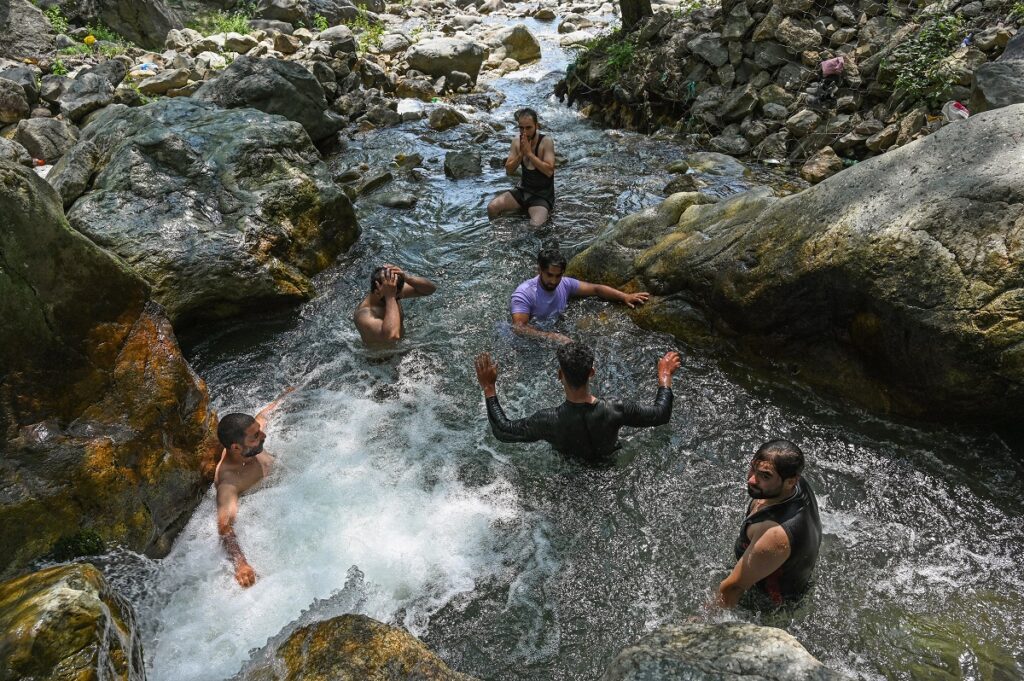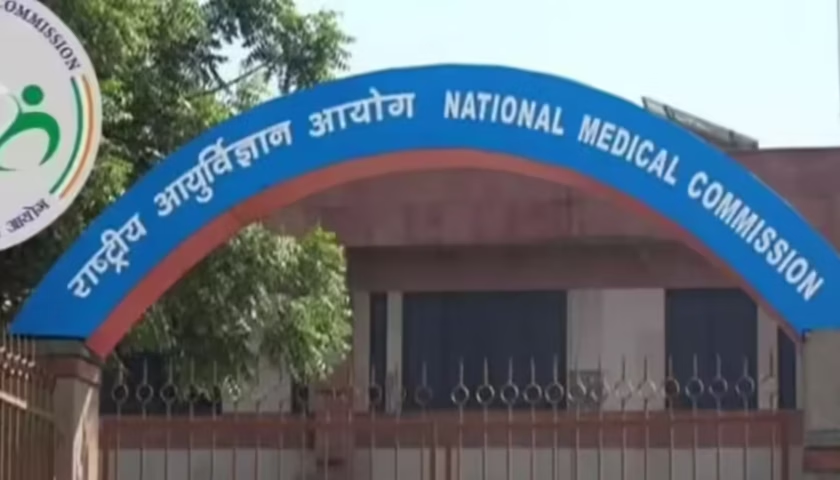Heatwave Sweeps Kashmir as Srinagar Records Hottest Day of the Season
Srinagar 22 May 2025: Kashmir, known for its cool climate and picturesque landscapes, is currently experiencing an unprecedented heatwave. The soaring temperatures have disrupted daily life, affecting agriculture, tourism, and public health. Srinagar, the summer capital of Jammu and Kashmir, recorded its hottest day of the season at 32.2°C, marking a significant deviation from the usual weather patterns.
The heatwave has extended across the region, with Qazigund touching 33.0°C, Kokernag at 31.4°C, and Pahalgam at 27.2°C. Even Gulmarg, a famous ski resort, saw an unusual rise to 23.6°C, making it one of the warmest spells in recent history.
Understanding the Heatwave: Causes & Climate Trends
Heatwaves occur due to high-pressure systems, which trap warm air and prevent cooler winds from bringing relief. In Kashmir, this phenomenon is rare but becoming more frequent due to climate change and global warming.
Key Factors Contributing to the Heatwave
- Climate Change: Rising global temperatures have led to unpredictable weather patterns, making heatwaves more common.
- Deforestation: Loss of tree cover has reduced natural cooling mechanisms.
- Urbanization: Increased concrete structures absorb and retain heat, exacerbating temperature spikes.
- Delayed Monsoon: The absence of early summer rains has prolonged the heatwave.
Impact on Daily Life
The heatwave has disrupted daily routines, forcing residents to limit outdoor activities and seek shade. The power demand has surged, leading to concerns about electricity shortages. Authorities are urging residents to follow safety guidelines to prevent heat-related illnesses.
Effects on Agriculture
- Water scarcity is affecting irrigation, leading to crop stress.
- Fruit orchards, especially cherry and apple farms, are experiencing early ripening, which can impact quality.
- Livestock health is at risk due to dehydration and heat exhaustion.
Impact on Tourism
- Tourists visiting Pahalgam and Gulmarg are experiencing unexpected heat, altering travel plans.
- Hotels and resorts are adapting by providing cooling solutions.
- Local businesses dependent on tourism are seeing fluctuations in visitor numbers.
Health Risks & Safety Measures
Heatwaves pose serious health risks, especially for children, the elderly, and individuals with pre-existing conditions. The Meteorological Department (MeT) has advised residents to take precautionary measures, including:
How to Stay Safe During a Heatwave
- Stay Hydrated: Drink plenty of water and avoid caffeinated beverages.
- Limit Sun Exposure: Avoid outdoor activities during peak hours (12 PM – 4 PM).
- Wear Light Clothing: Opt for loose, breathable fabrics.
- Use Cooling Methods: Fans, air conditioning, and wet cloths can help regulate body temperature.
- Monitor Vulnerable Groups: Ensure pregnant women, children, and the elderly are protected from extreme heat.
Government Response & Relief Measures
The Meteorological Department has predicted temporary relief, with light rain and thundershowers expected until May 20. However, another short heatwave spell is anticipated from May 21 to May 24.
Government Initiatives
- Heatwave Alerts: Authorities are issuing regular weather updates.
- Water Supply Management: Efforts are being made to ensure adequate water availability.
- Public Awareness Campaigns: Educating residents on heatwave safety measures.
Future Climate Predictions for Kashmir
Experts warn that heatwaves may become more frequent due to global climate shifts. Long-term solutions include:
- Afforestation projects to restore natural cooling.
- Improved urban planning to reduce heat absorption.
- Investment in climate-resilient agriculture.
Bottom-Line
The heatwave sweeping through Kashmir is a stark reminder of climate change’s impact on traditionally cool regions. While temporary relief is expected, long-term strategies are needed to mitigate future heatwaves. Residents must stay informed, take precautions, and adapt to changing climate conditions.




